Yellowstone Symphony
From the ethereal wonders at Mammoth Hot Springs to the grandeur of Tower Fall to its extraordinary wildlife, Yellowstone Symphony takes viewers on a spectacular visual journey through America's first national park, paired with the orchestral compositions of Smetana, Vivaldi, Schubert, Beethoven, Mozart, Brahms, Debussy, Tchaikovsky, and others.
The park’s magnificent scenery and wildlife are showcased as they change through the seasons. Yellowstone Symphony’s stunning cinematography offers viewers a tourist-free look at the plentiful wildlife — elk, moose, grizzly bears, wolves and bison (recently named “America’s National Animal”) — and other inhabitants of the wild and beautiful region we know as Yellowstone.
Yellowstone Symphony is shot in stunning 4K and high definition, featuring a 5.1 Surround score. Featuring time-lapse, slow motion, underwater, and aerial photography, Yellowstone Symphony shows the viewer the spectacular landscape of Yellowstone like never before.
Watch Now with Passport
A member of the Lewis and Clark Expedition and mountain man in his own right, explorer John Colter, first described the wonder of the Yellowstone region in the early 1800s. Some called it “Colter’s Hell” due to the exotic thermal features he told of.
Artist Thomas Moran further captured the splendor of the area with his historic painting of the Grand Canyon of the Yellowstone, now known as “Artist’s Point.” To this day, Yellowstone’s thermal features and geyser basins including “Old Faithful” are globally famous, attracting thousands of visitors from throughout the world each year.
Winter
Yellowstone in winter is a study in silent beauty punctuated by moments of winter’s fury. Days are short and bitter cold, rivers turn to ice, and clear night skies are filled with stars not compromised by city lights.
Large herds of bison congregate in the lower-elevation Lamar Valley on the north end of the park, while elk use their large antlers to dig through snow drifts searching for the grass beneath. Rocky mountain bighorn sheep inhabit the mountain ridges of Yellowstone, unfazed by snow or icy precipice.
Grizzly and black bears are in the deep sleep of hibernation through the winter months, but the wolf packs remain active. Wolves are one of Yellowstone’s prime attractions, and winter offers one of the best times to see them, as their dark fur makes them visible against the white snow.
The reintroduction of wolves to Yellowstone is one of America’s most important natural history stories — and one that has been covered by KUED Producer John Howe extensively in his trilogy of documentaries, Return of the Wolves, Snow Wolves, and Return of the Wolves: The Next Chapter.
Yellowstone’s thermal features are also in their glory in winter. Home to half of the world’s thermal features, Yellowstone’s Grand Prismatic Spring, and Morning Glory Pool display a kaleidoscope of colors — while geyser areas such as the Basin Boiling River, Cascade, Lone Star, Steamboat, Great Fountain, and Castle Geysers, and the famous Mammoth Hot Springs shoot torrents of steam into the sky.
Snow-covered bison move in migratory patterns along the river sometimes seeking the warmth of thermal areas. Canada geese are their companions, sounding a shrill warning when bison get too close. This is the landscape that Native Americans viewed as spiritual and enthralled early explorers. It remains a special place for Americans and the world today.
Spring
A seemingly endless winter gives way to spring, as melting snow feeds the many rivers that traverse across the park. Yellowstone’s rivers are some of the most storied of the West: the Firehole, the Yellowstone, the Madison, the Lamar, the Gibbon, and Gallatin. The rushing rivers feed the return of life to Yellowstone.
Spring is a time for the babies. Bison calves are born, small and lanky with a reddish-colored hair, barely able to stand on their own at first. But it’s not long before they can keep up with the herd, even braving Yellowstone’s rivers while sticking close to their mothers for safety.
Spring in Yellowstone also sees bears emerge from hibernation, bringing their young cubs into the world. The cubs are inquisitive and playful, but don’t stray far from their mothers. Rocky mountain bighorn sheep give birth to their lambs, salmon spawn in the rivers, and the native plants begin to poke their heads out of the recently-thawed earth.
Summer
Summer is a time of exquisite beauty in Yellowstone. Wildflowers are in full bloom, and Indian paintbrush and yellow columbine adorn the slopes of Mount Washburn and Hayden Valley.
American white pelicans appear on the fast-flowing Yellowstone River in Hayden Valley, attempting to scoop unsuspecting trout from the cold, clear water with their pouch-like bills. The bison are also no strangers to the river — at times, large herds of bison swim the river with their calves in tow. The calves are larger now and better able to navigate the river’s swiftness without much danger.
Coyotes take advantage of tall grasses, looking to pounce on unsuspecting voles while darting through the cover. Graceful antelope punctuate the Lamar Valley, bounding among the lush landscape, too fast for most predators to catch.
Some of Yellowstone’s great attractions include Gibbon Falls, Tower Falls, Yellowstone Lake, and Artist’s Point, which flow high and fast with water at the early end of summer. Meandering Slough Creek flows through Yellowstone’s high country, and features some of the best habitat for grizzly bears and Yellowstone cutthroat trout.
Fall
A chill on the wind signals the coming of fall. The animals of Yellowstone must now prepare for winter, as bears and other hibernating animals fatten up as much as they can to sleep through the coming winter. Yellowstone is sanctuary to grizzlies and one of the top ecosystems for this endangered animal.
A large grizzly appears like a mirage, attracted by the native Cutthroat trout spawning in the streams near Yellowstone Lake. Visitors to the park can watch the spectacle from the safety of Fishing Bridge, which spans the Yellowstone River.
Swans and snow geese are also out in force in search of trout, occasionally dart below the surface possibly hoping for a native Yellowstone cutthroat trout along the Madison River on the south end of the park.
Elk, bison, and bighorn sheep battle for dominance at this time of year. Their head-butting and dominance rituals add drama to the splendor of Yellowstone, while fall colors turn Yellowstone into the golds and reds of autumn.
Soon, the first snowflakes appear signaling winter and the cycle of seasons begin again, much as it has through millennia.
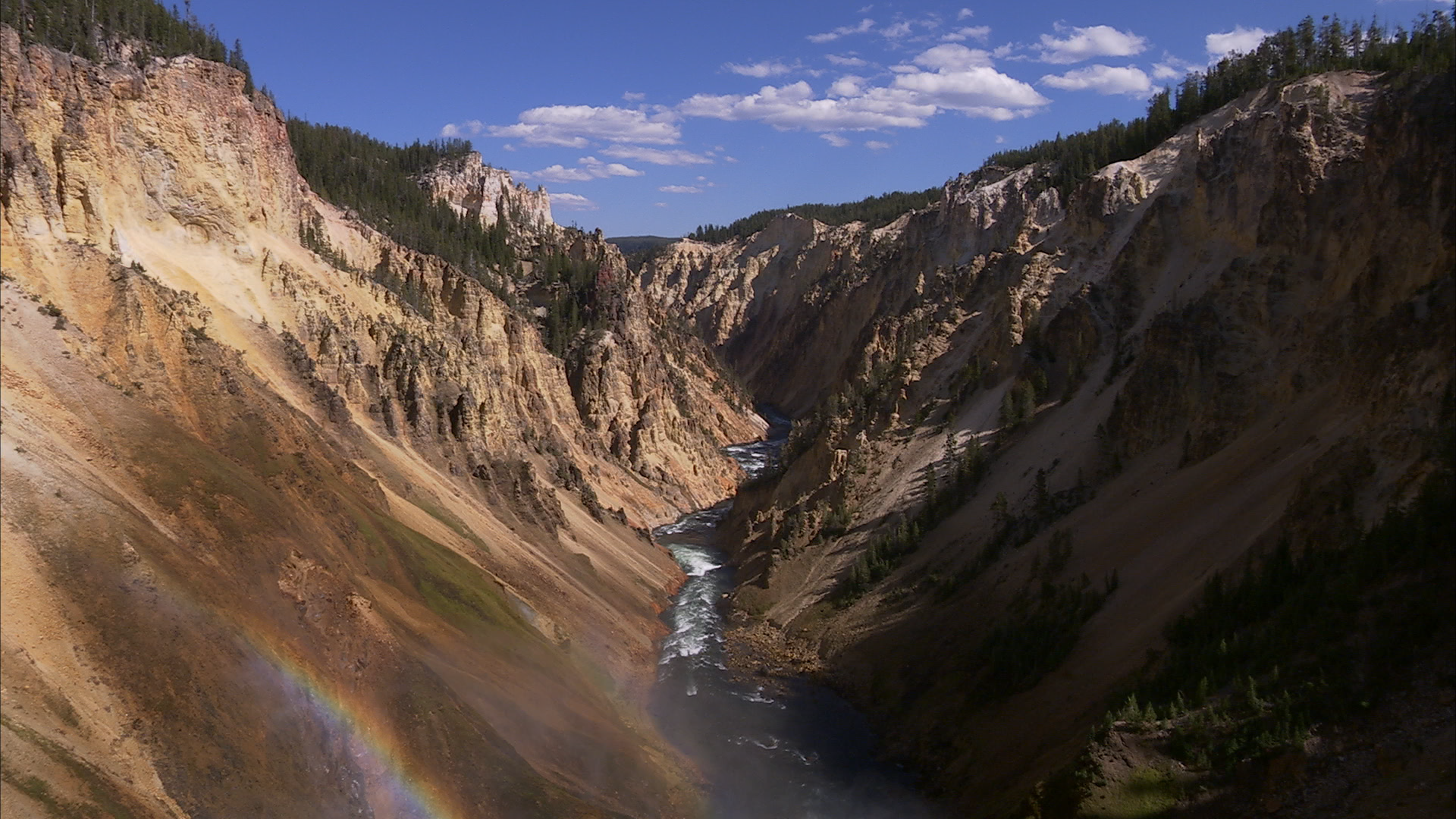
PBS Utah

PBS Utah
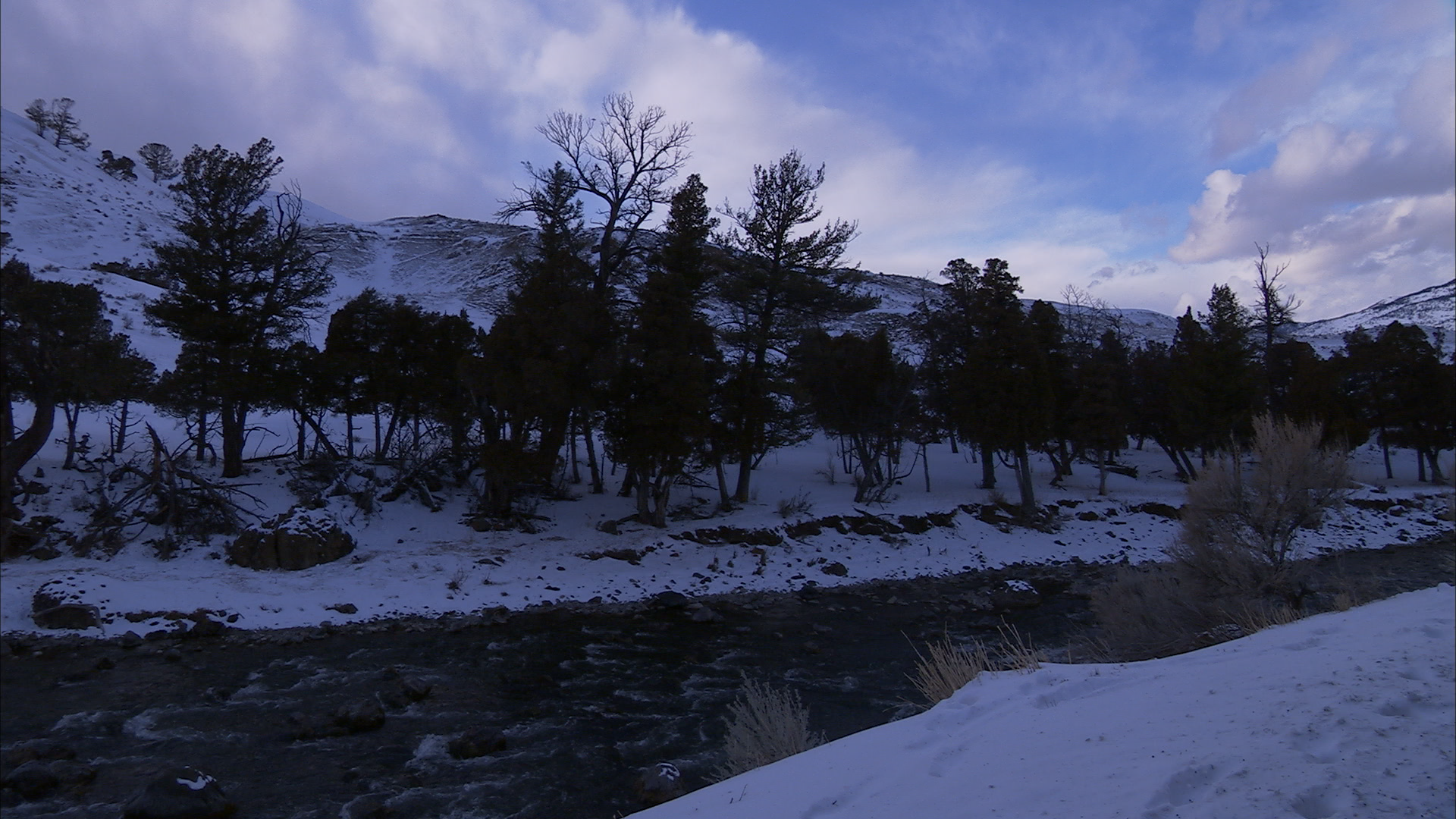
PBS Utah
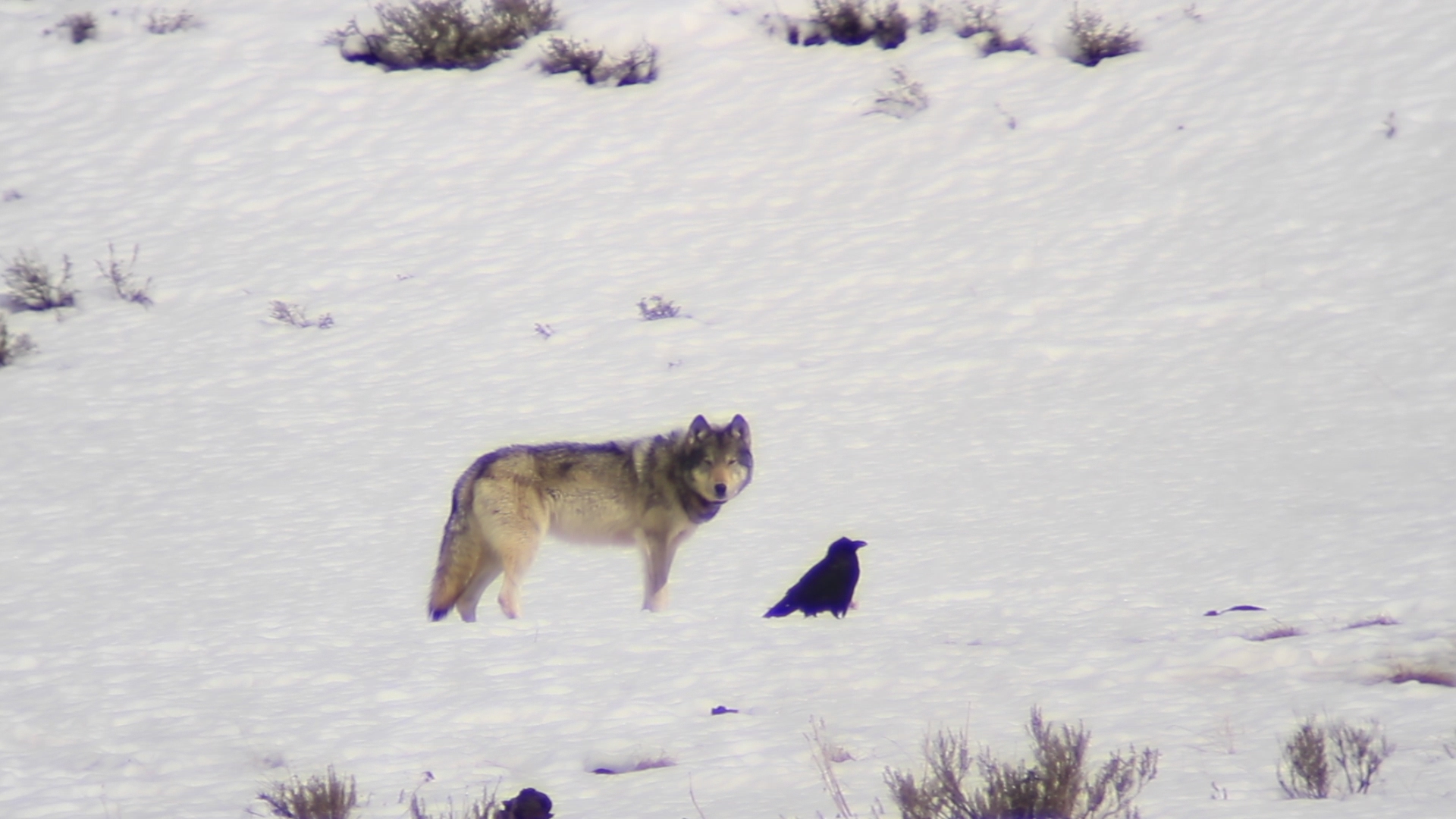
Jake Frank, National Park Service
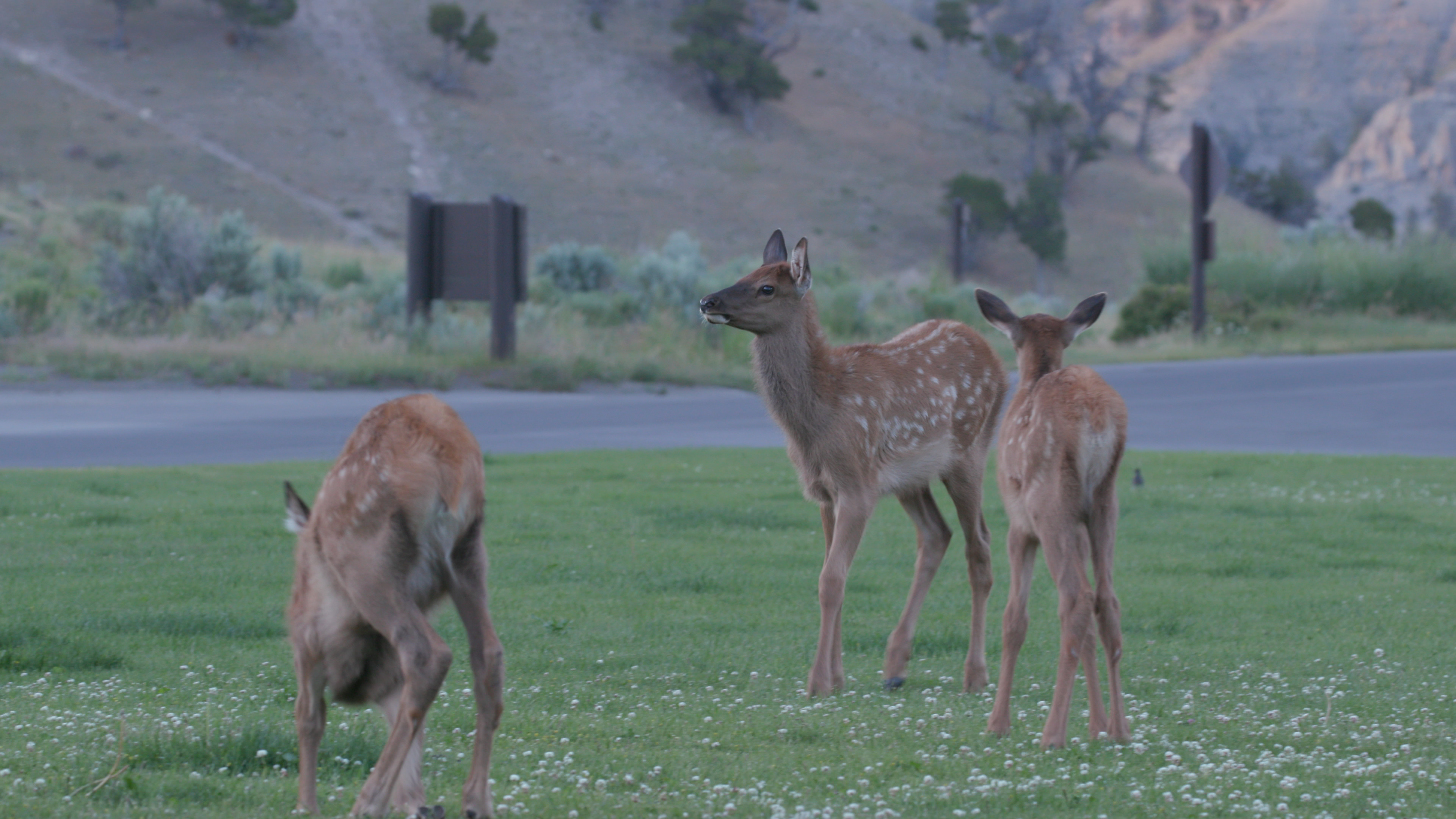
PBS Utah

PBS Utah
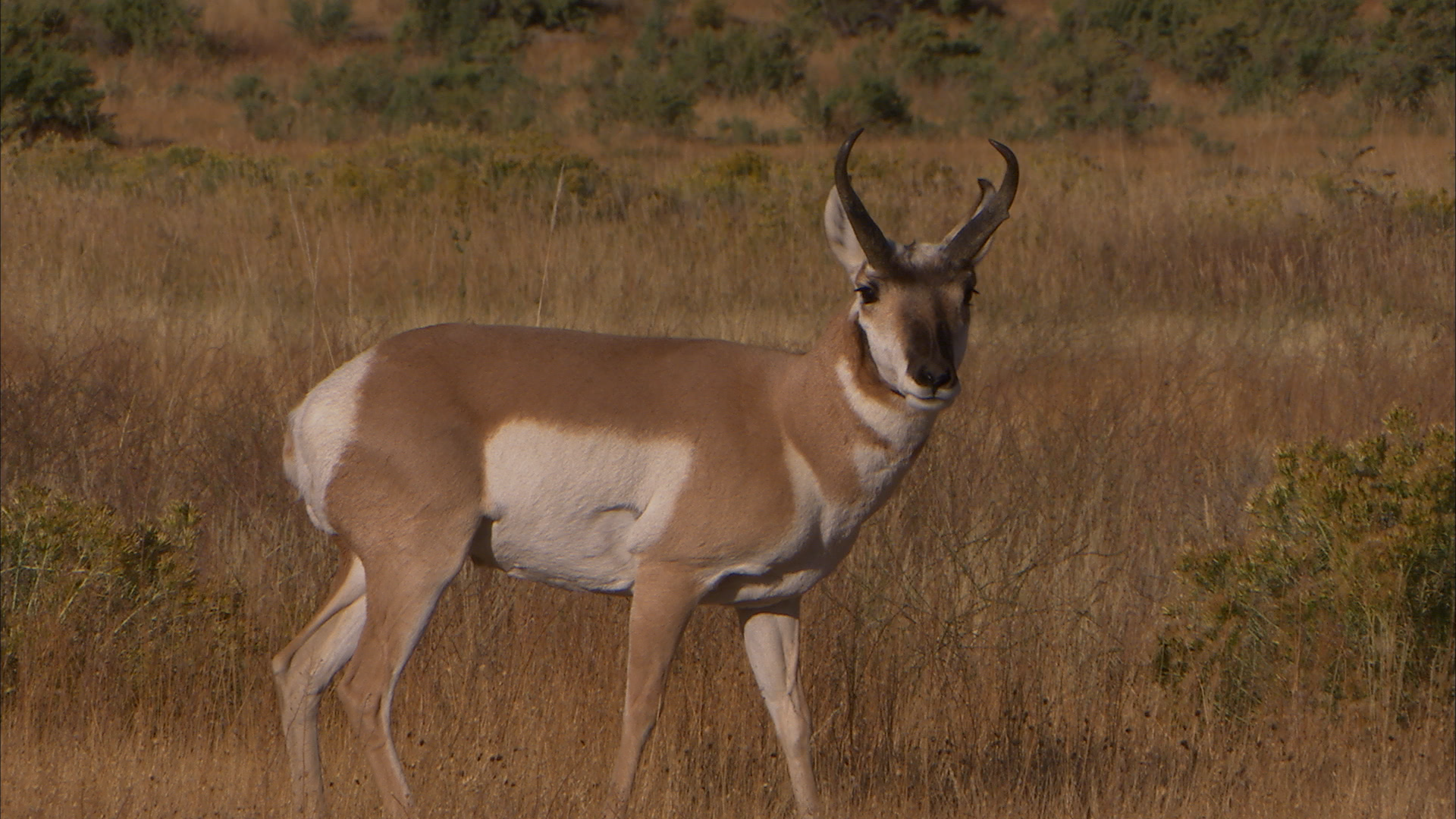
PBS Utah

PBS Utah
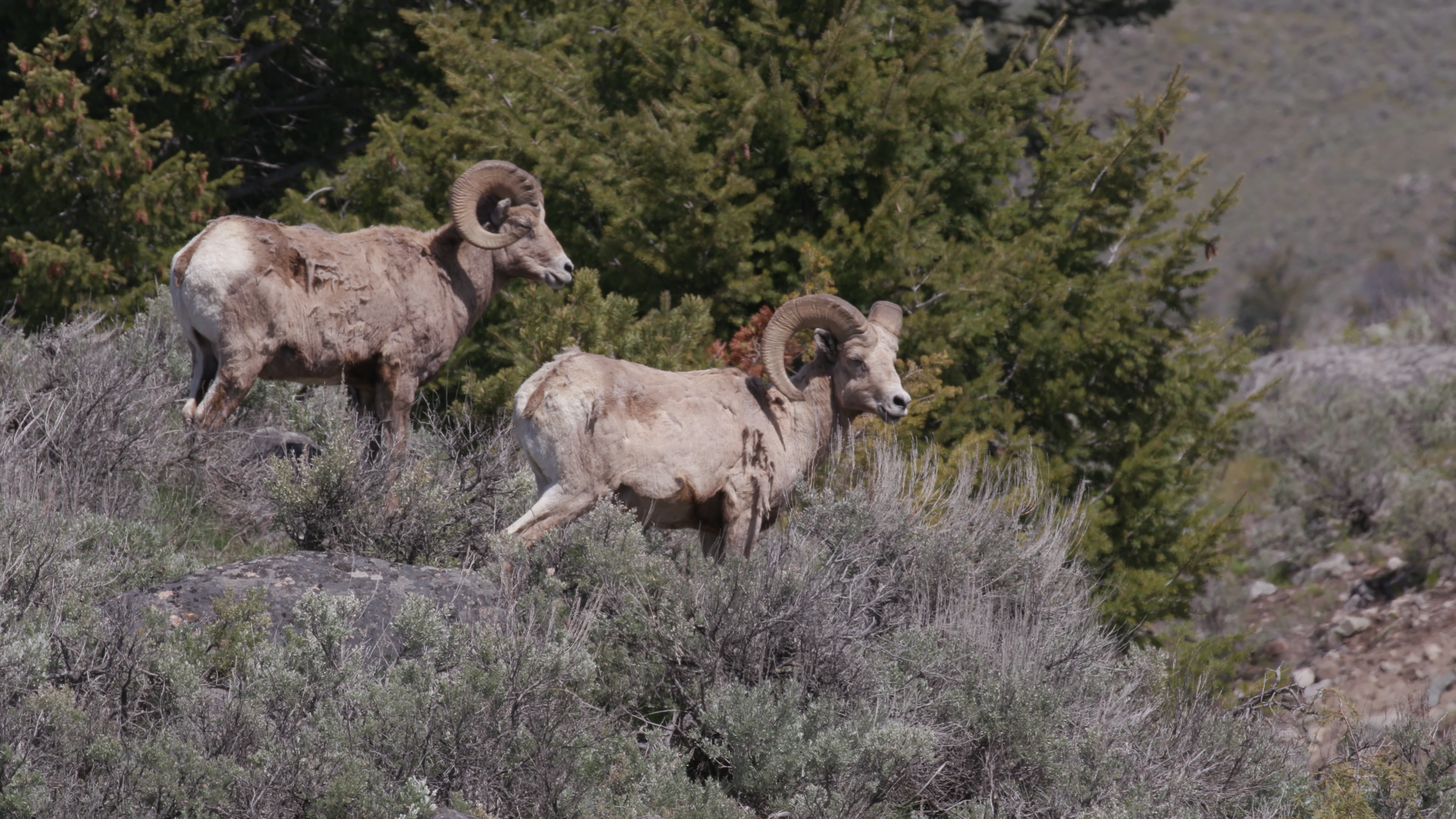
PBS Utah